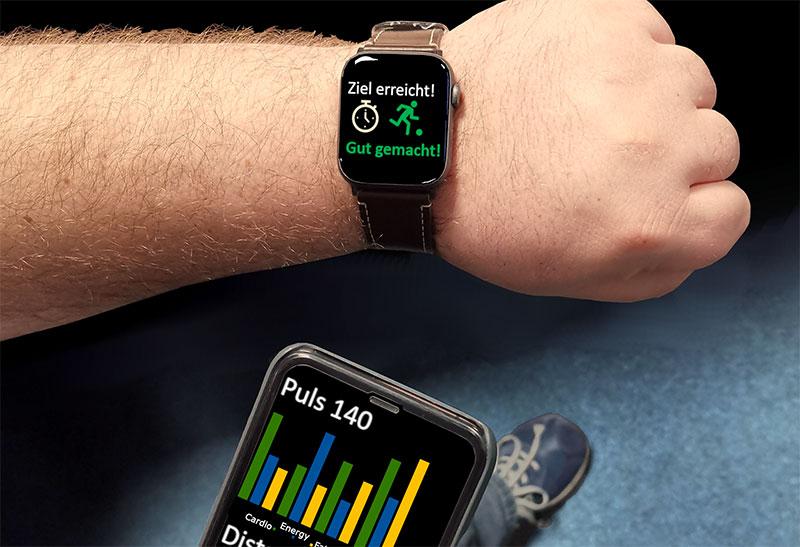Wearable devices and mobile apps are taking on a prominent role in the healthcare space. Wearables are making a big impact on personalized healthcare by helping people to improve their lifestyles and modify behaviors.
Read more How Wearables Are Helping to Improve Diagnosis and Monitoring in Healthcare
“Modern smartphone-connected and mobile health devices have opened up new possibilities and opportunities for multiple sectors in the field of healthcare. They have made it possible for researchers as well as healthcare providers to gather a large volume of essential data on patients,” reports Amit Agrawal in Forbes. The data generated helps healthcare providers to analyze patients and predict and generate insights for their welfare.
Mobile app companies are benefitting from smartphone-connected monitoring devices. As well as targeting the patients, they can now also target the healthcare organizations. These apps can help in creating a digital ecosystem of involved stakeholders in the healthcare industry.
This type of ecosystem, which includes healthcare organizations, emergency services, insurance companies, patients, and healthcare professionals, can help the stakeholders by providing them data. More relevant data and cross-correlation can assist analysts in generating better insights.

Wearable apps can help people change their behaviors by offering incentives. For example, a wearable app could offer a discount coupon to buy training shoes to the user who has just completed a fitness regime for a week.
After collecting the user’s vital health data, app creators can create apps that provide suggestions for specific users. During emergencies, these apps could provide vital data to the caregivers.
The types of apps that register and analyze health data can also send an SOS to emergency services and nearby hospitals if it detects an anomaly or an isolated event like a serious fall, stroke, etc. It can also inform the family of the user as well as the family doctor, the Forbes report said.
Read more Partnership Is Key To New Growth Opportunities Of Consumer Wearables In Healthcare Industry
Conclusion
The MedTech industry is evolving rapidly and people of all ages and walks of life are using this technology to safely exercise, monitor their vital signs, and get the motivation and encouragement to keep up their healthy habits. Social connections, gamification, advanced monitoring for health conditions – these are all great ideas in what is rapidly becoming a saturated field.












